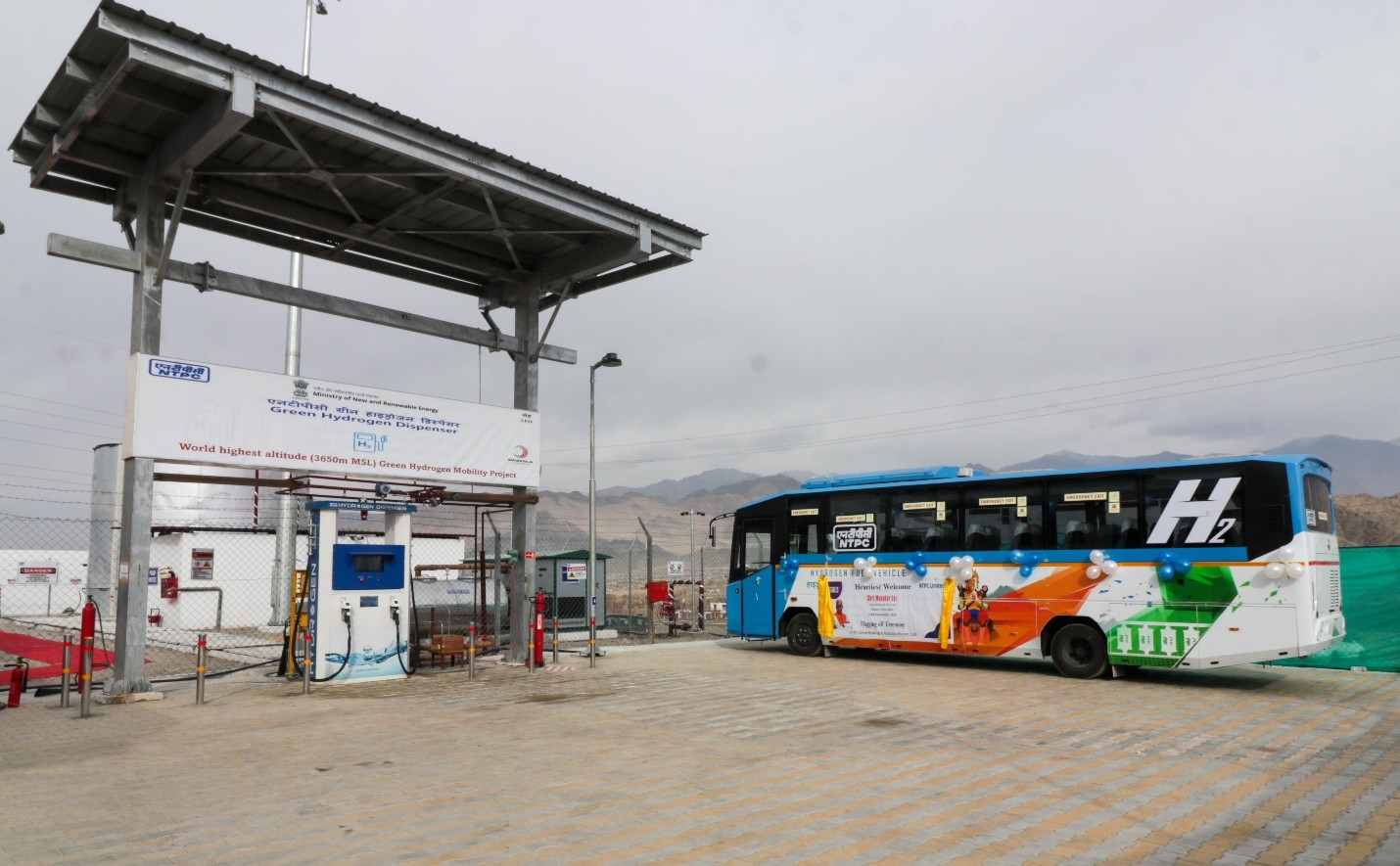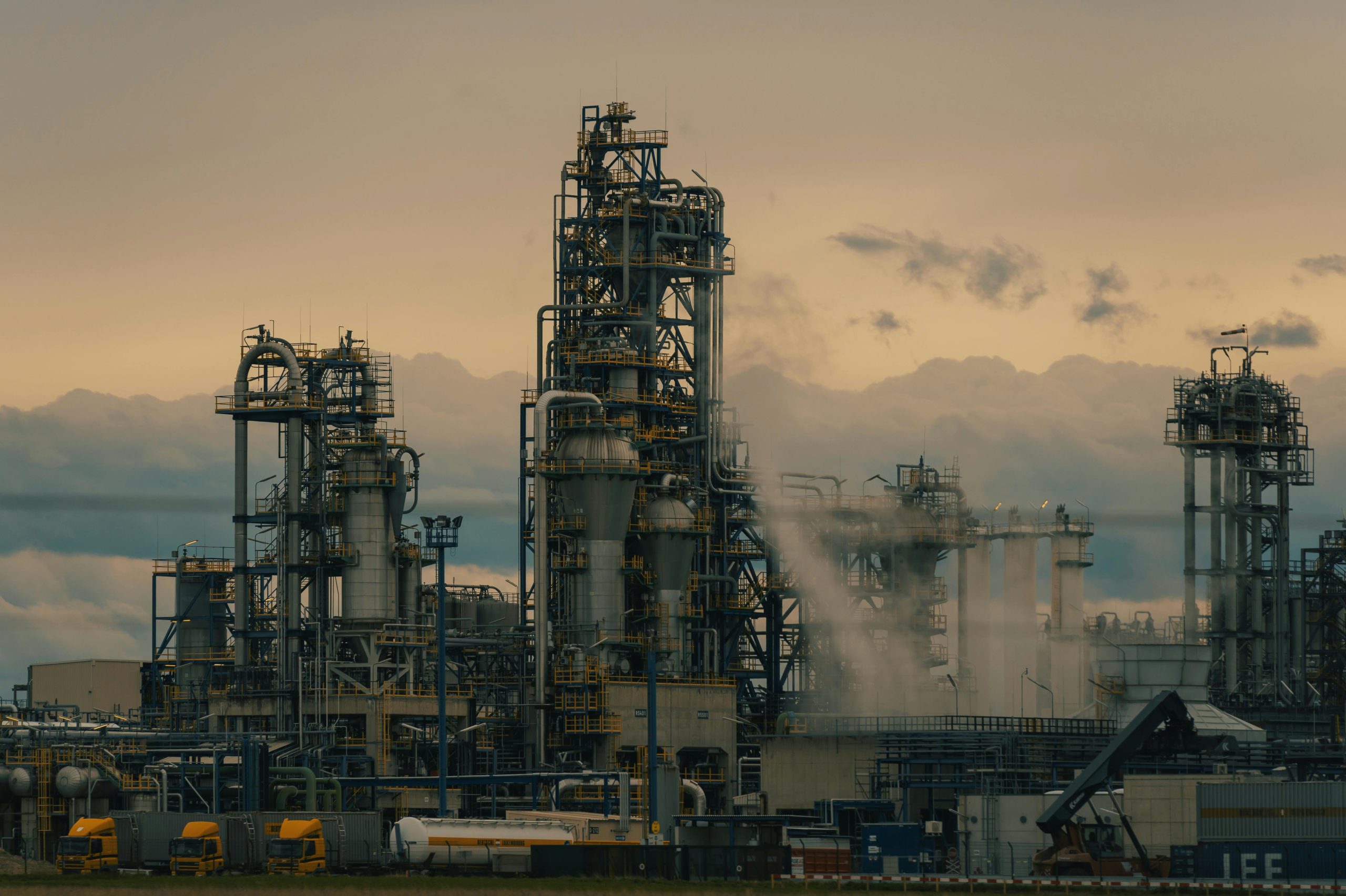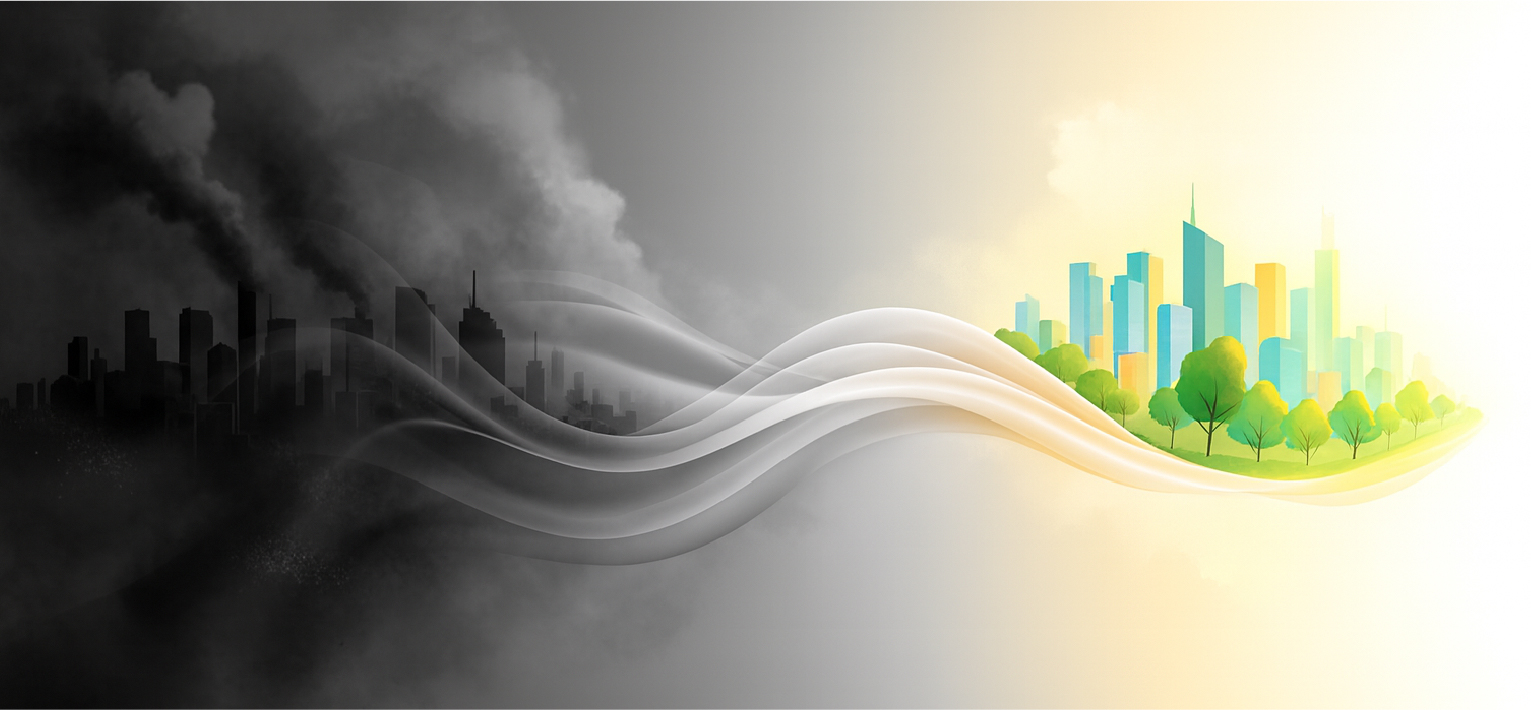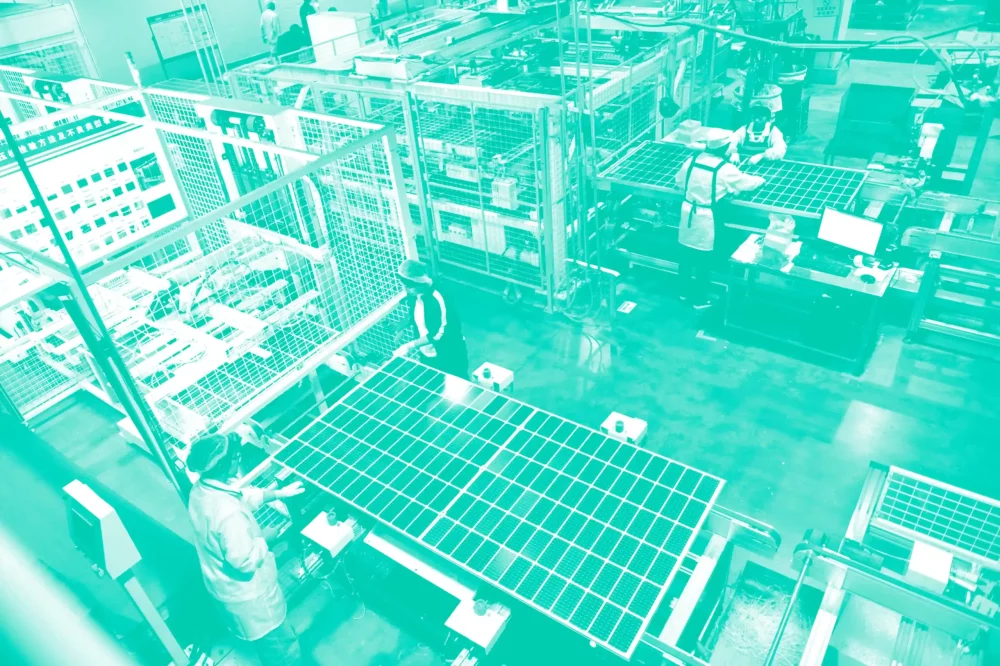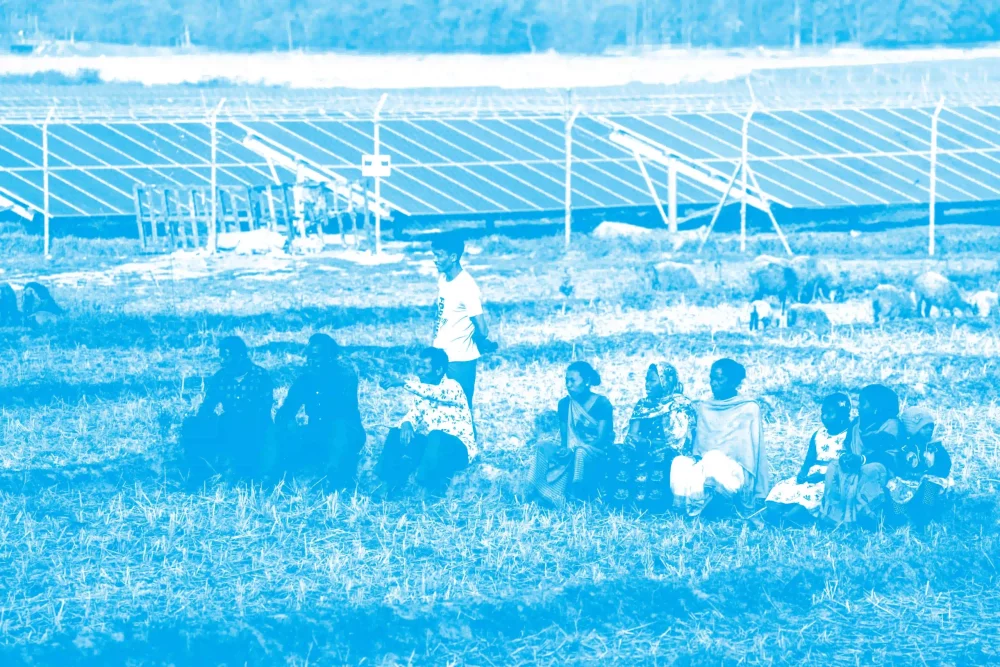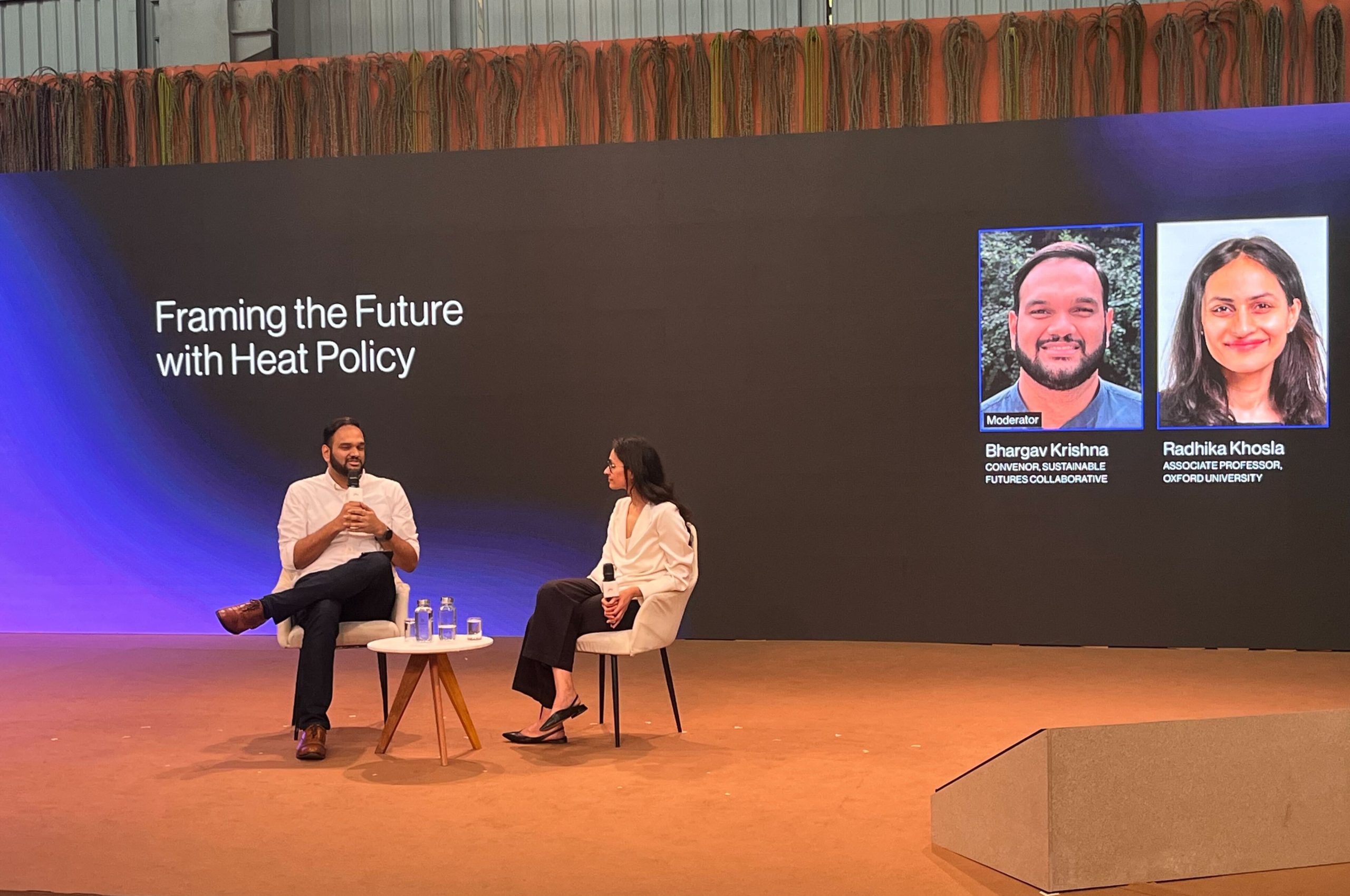Navigating pathways to a sustainable future by
Analysing issues at the frontier of addressing climate change, managing the energy transition, and limiting environmental threats in India and globally
Informing policymakers, stakeholders, and the public about key policy and governance levers, and their implications
Accelerating the transition to an environmentally and socially sustainable future by enabling strategic action for systemic change
Our areas
of work
Our events
Past Event
Making the ‘Invisible’ Visible: Indoor Heat, Unpaid Domestic Work, and Women’s Resilience
Co-created with women homemakers, this project documents their personal struggles with rising heat, and how women adapt with resourcefulness, finding small yet often inadequate ways to stay cool and ease discomfort. Through their voices, we glimpse their struggles, creativity, and the everyday strength that keeps homes and care going in a warming world.
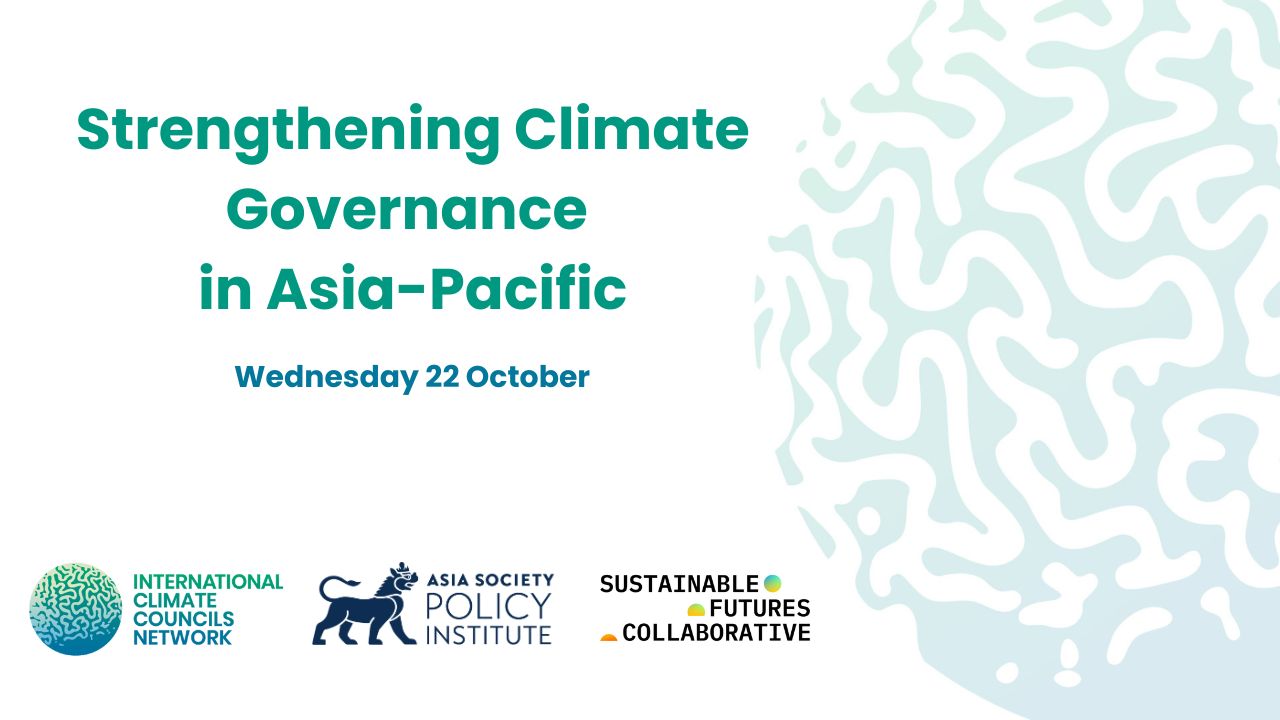
Strengthening Climate Governance in Asia – Pacific
What does climate governance look like in the Asia-Pacific region? How can we strengthen climate governance through effective, evidence-based policy advice? What role can climate councils play in implementing NDCs and raising ambition? Join us for an engaging webinar with Asia Society Policy Institute (ASPI) and International Climate Councils Network, where we will share work on climate governance, including local climate councils, in the Asia-Pacific region. Understand the opportunities to establish advisory bodies, and unique regional and country-based considerations for effective climate governance.
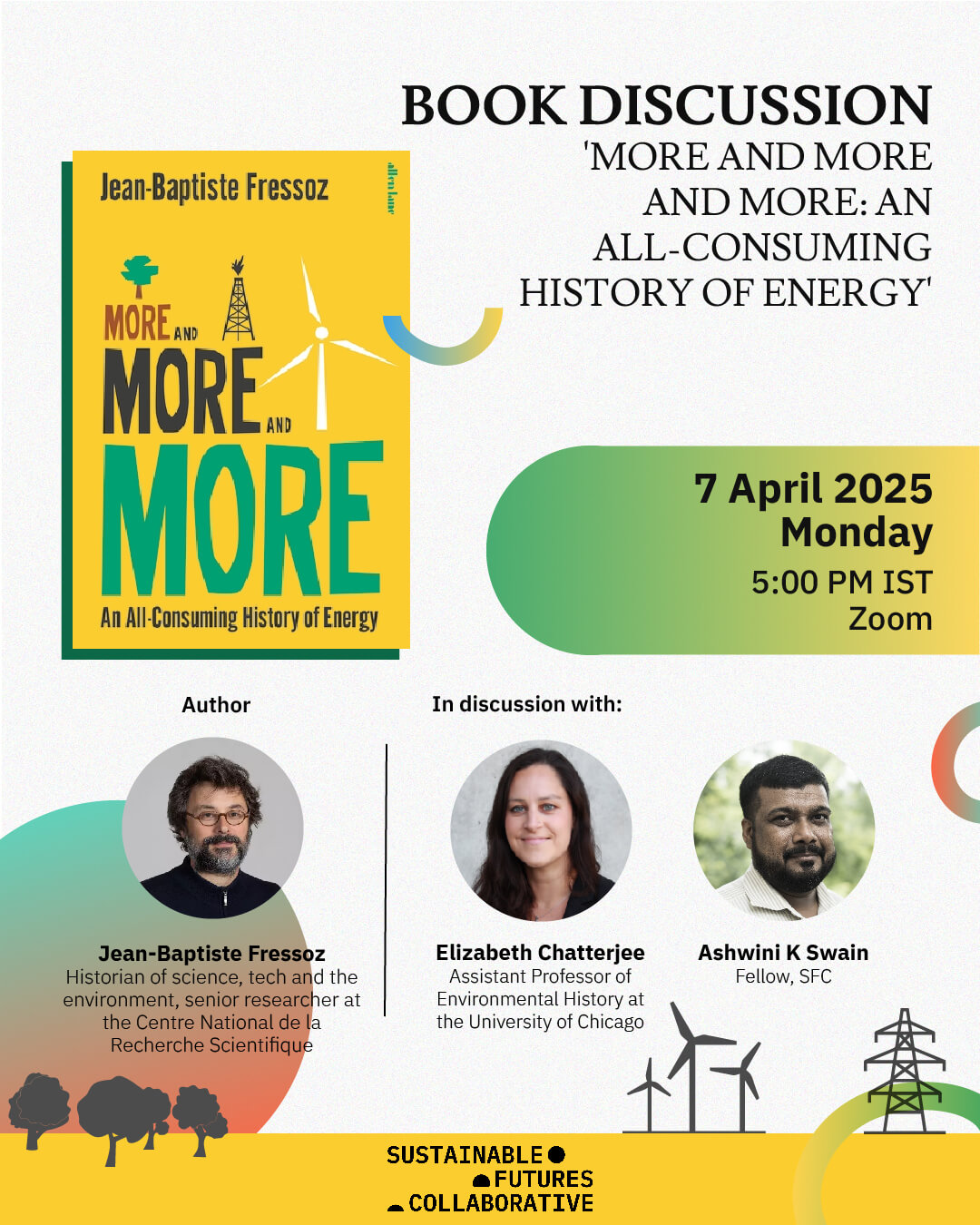
Book Discussion |‘More and More and More: An All-Consuming History of Energy’
A discussion of the book, ‘More and More and More: An All-Consuming History of Energy’ by the author Jean-Baptiste Fressoz, a historian of science, technology and the environment, a researcher at the Centre National de la Recherche Scientifique, and a professor at the Ecole des Ponts et Chaussées, with Elizabeth Chatterjee, Assistant Professor of Environmental History at the University of Chicago, and Ashwini K Swain, Fellow, SFC.
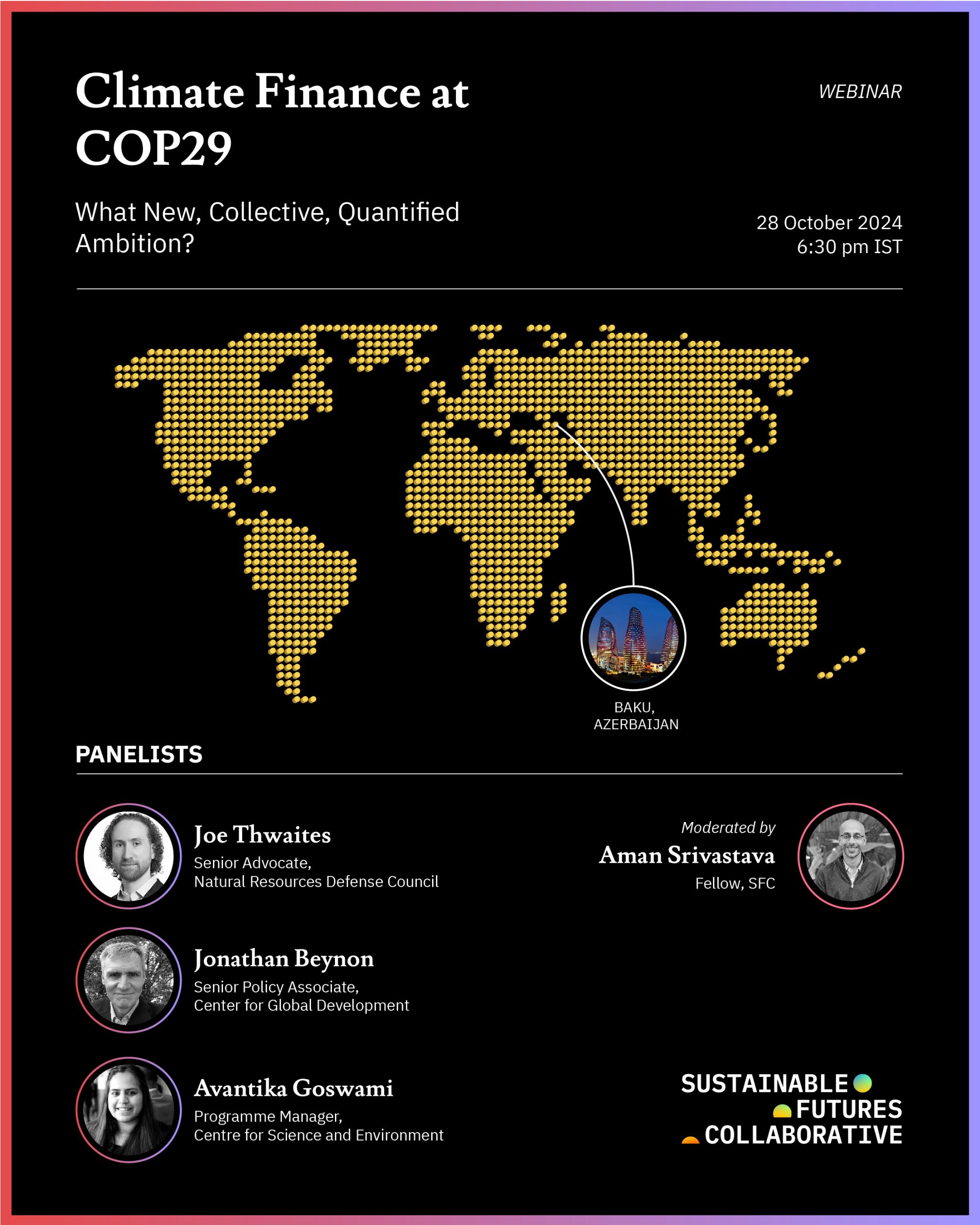
Climate Finance at COP 29: What New, Collective, Quantified Ambition?
A discussion on the state of play on climate finance negotiations going into COP 29, with Joe Thwaites (NRDC), Jonathan Beynon (CGD), and Avantika Goswami (CSE). Moderated by Aman Srivastava, Fellow, SFC
Public engagement
SPEAKING ENGAGEMENT
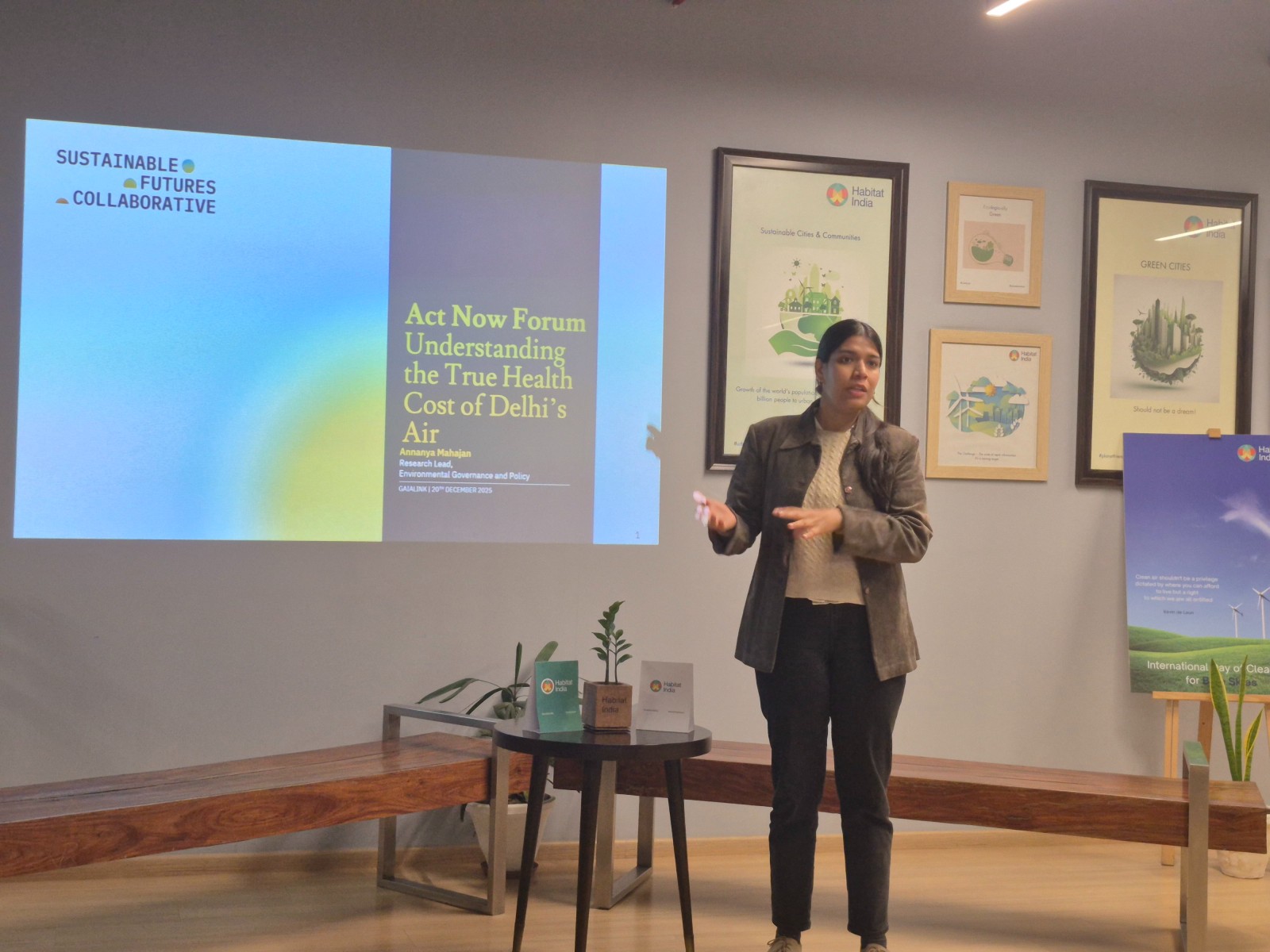
Understanding the True Health Cost of Delhi’s Air
Gaialink and Habitat India | 20 Dec 2025
Annanya Mahajan spoke on how India’s policy response to air pollution should prioritise health by targeting the most dangerous pollutants to which people are most commonly exposed, at the first edition of the Act Now Forum. The forum is a multi-sector dialogue aiming to understand the urban, and now rural, air crisis and is designed to turn expert insights into clear, actionable direction for the public.
SPEAKING ENGAGEMENT

Epistemic Uncertainties and the Politics of Scientific Knowledge in Environmental Governance
15-16 Dec 2025
Sony R K co-convened a panel with Ranjith Kallyani (Assistant Professor, Jaypee University of Information Technology, Solan, HP) at the First STS India Network Conference “Co-Shaping of Science, Technology, and Society in India”, organised by OP Jindal Global University and STS India Network in collaboration with IIT Delhi. The panel examined how scientific knowledge in environmental governance is shaped by uncertainty, power, institutional interests, and socio-political contexts, challenging the notion of science as a neutral or singular authority in decision-making.
IN THE NEWS
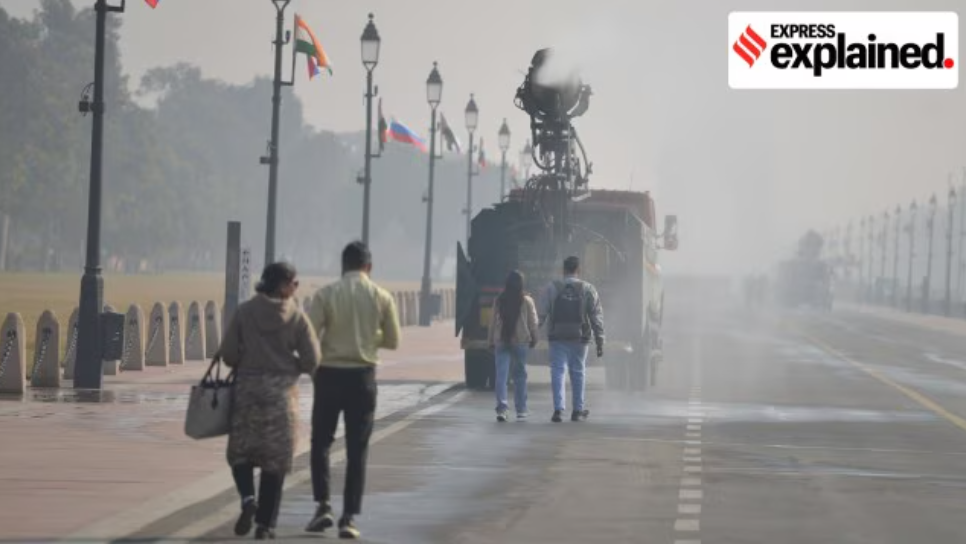
How cities with geography like Delhi dealt with air pollution: Researchers answer
Indian Express | 11 December 2025
Ishita Srivastava, Arunesh Karkun, and Bhargav Krishna spoke on why pollution is perceived as a seasonal issue in India and what we can learn from cities across the globe with geographies similar to Delhi to improve our air quality. This conversation is based on SFC’s latest issue brief, ‘Different Pathways to Clean Air: Global Insights for India’s Reform Agenda’.


